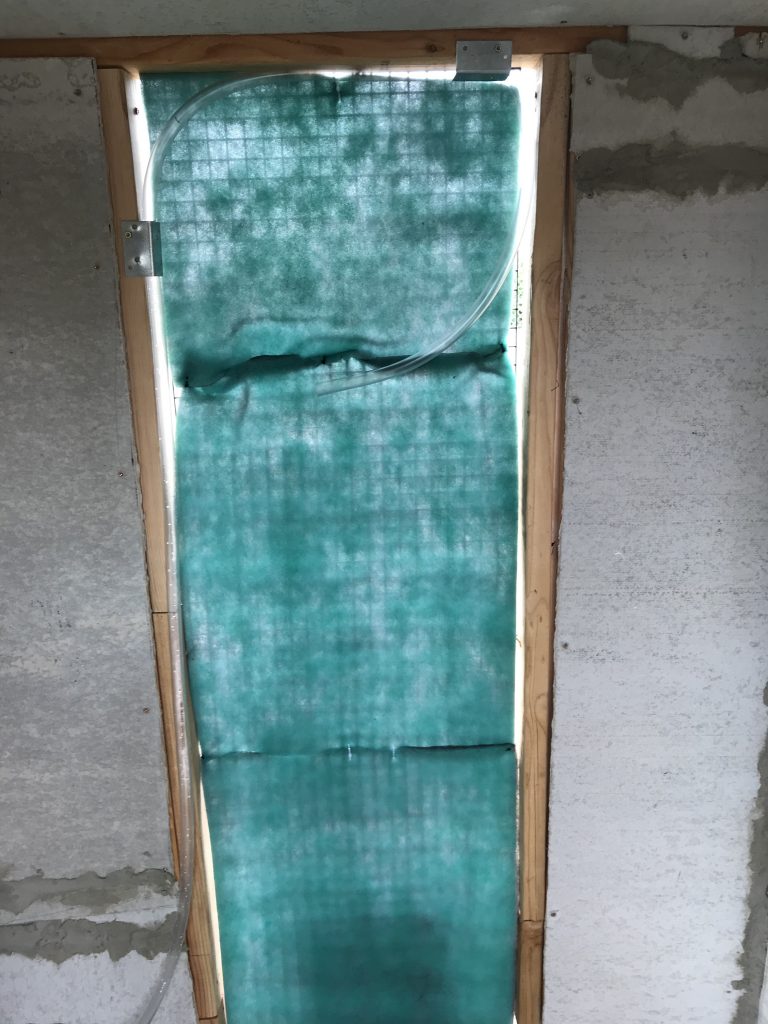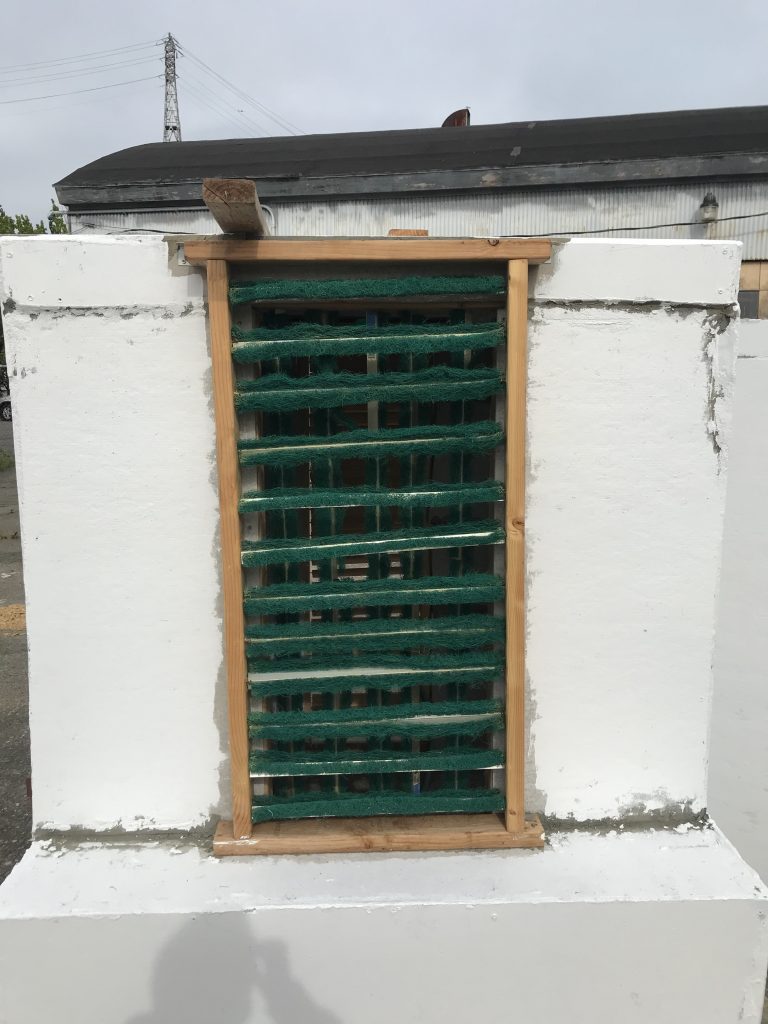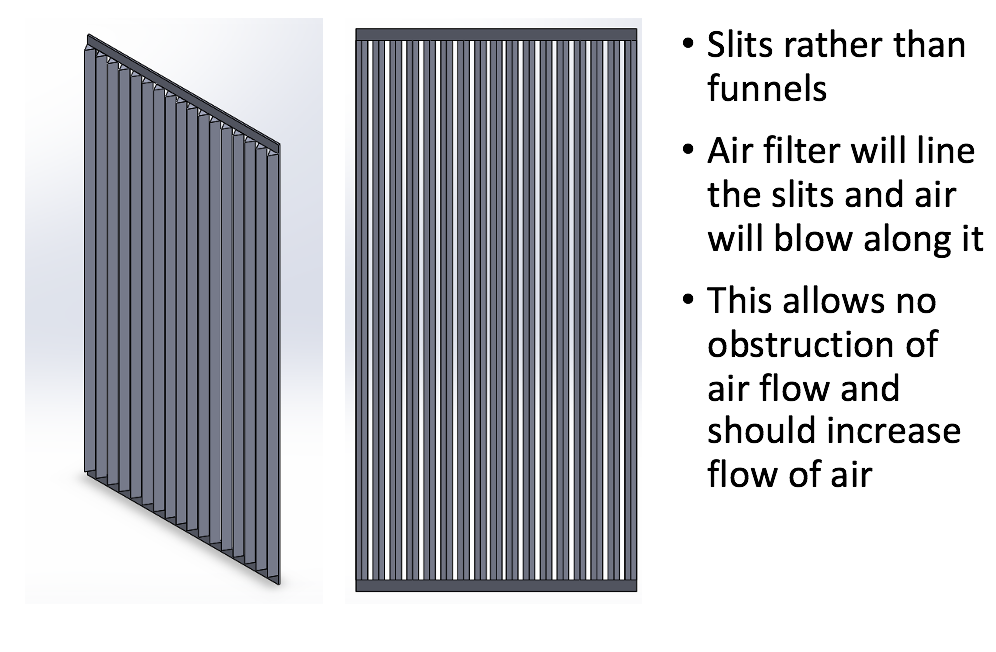
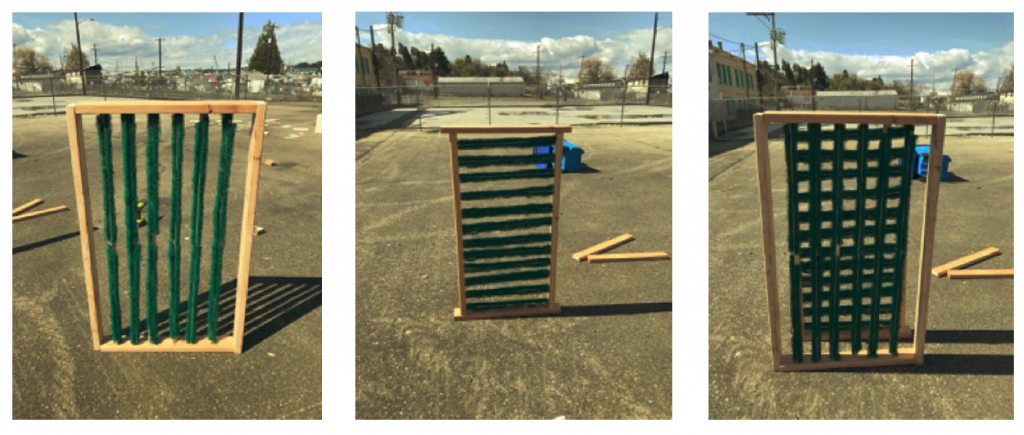
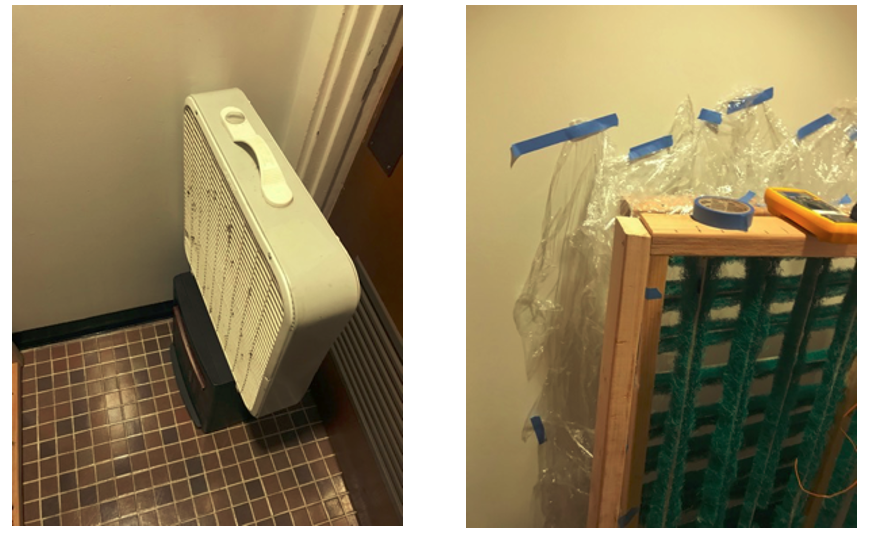
At the second fin wall where the ending temperature readings were taken, we had used saran wrap to cover the space, as identified in the image of the test set up above. The use of saran wrap was not the best option, as from testing, it seemed like it was making the temperatures at the second wall hotter than it should have been. Much like using saran wrap to cover food and placed in a microwave, the heat will be observed in the saran wrap, allowing the food to stay warm. This same effect was happening during our testing. The saran wrap kept the heat in the space behind the second wall, making that space warmer.
Regardless of the unfortunate decision to use saran wrap, the results were rather conclusive. Due to the nature of this statistical sound test, there is some room for error, which was observed during testing. Some trials had less of a temperature drop than others, but luckily, the number of failed trials did not exceed the limit of 2 per sample size. 13 temperature readings were taken for each sample size to ensure accurate testing and confidence levels.
